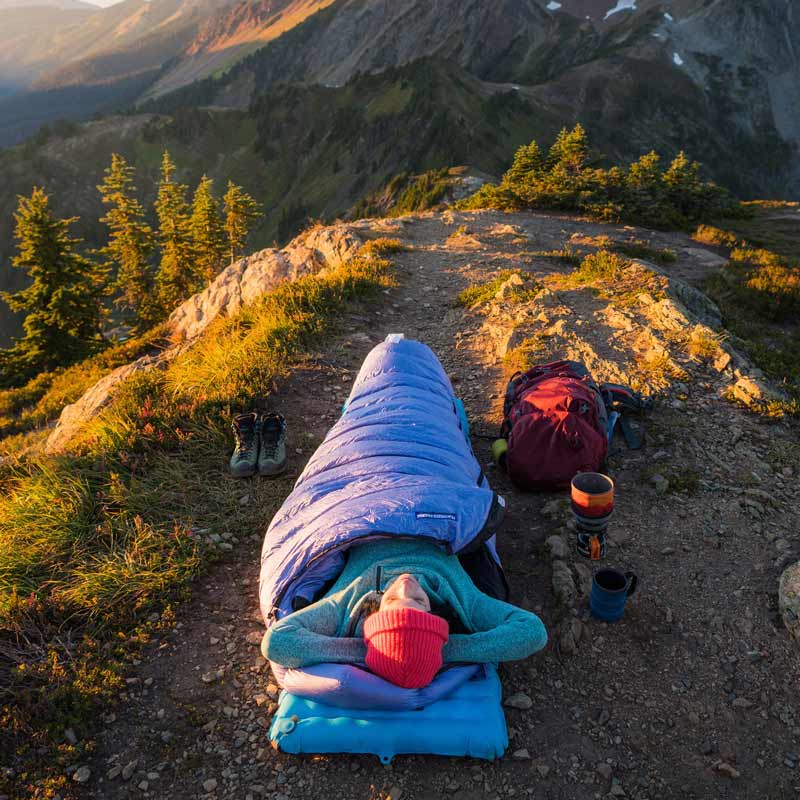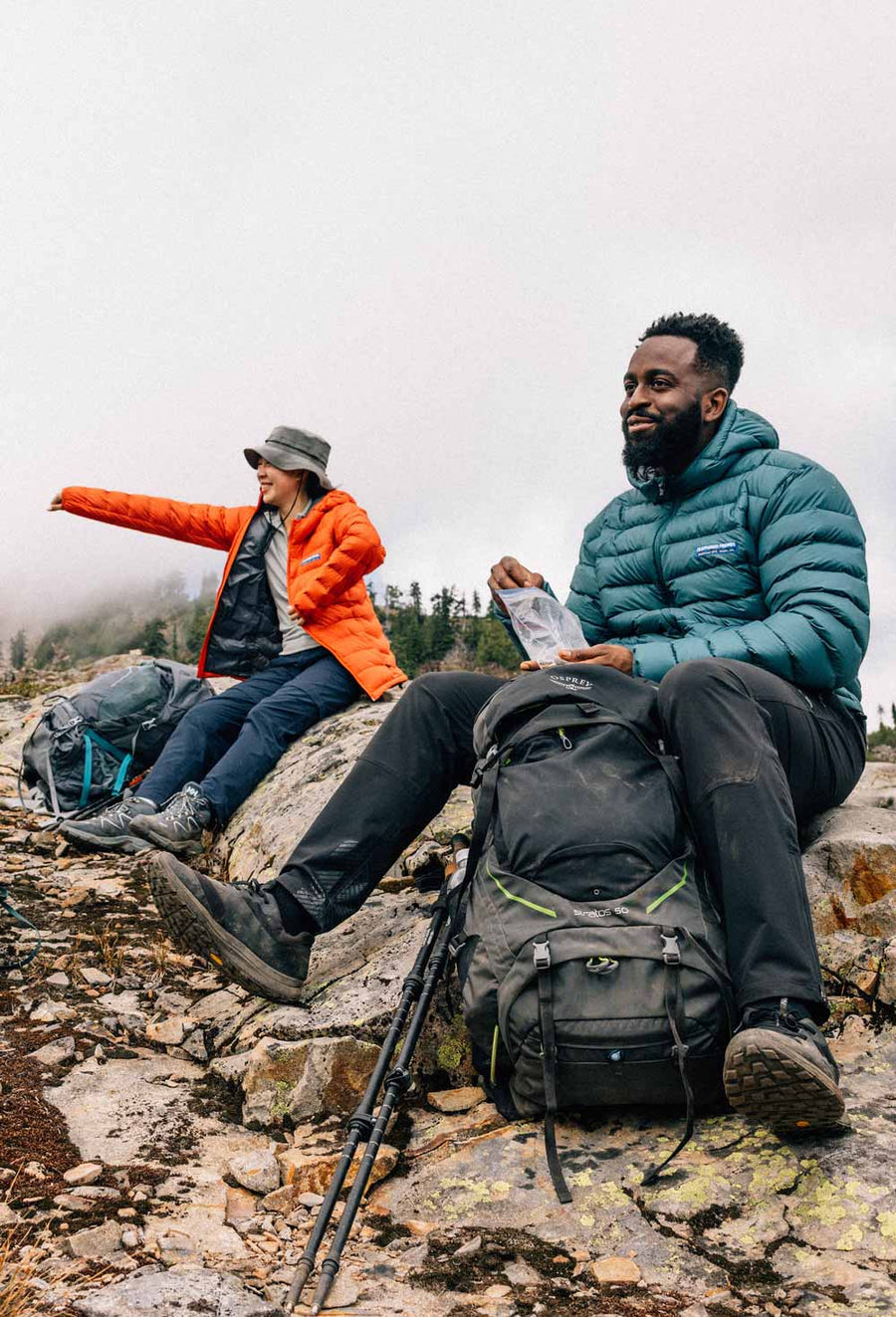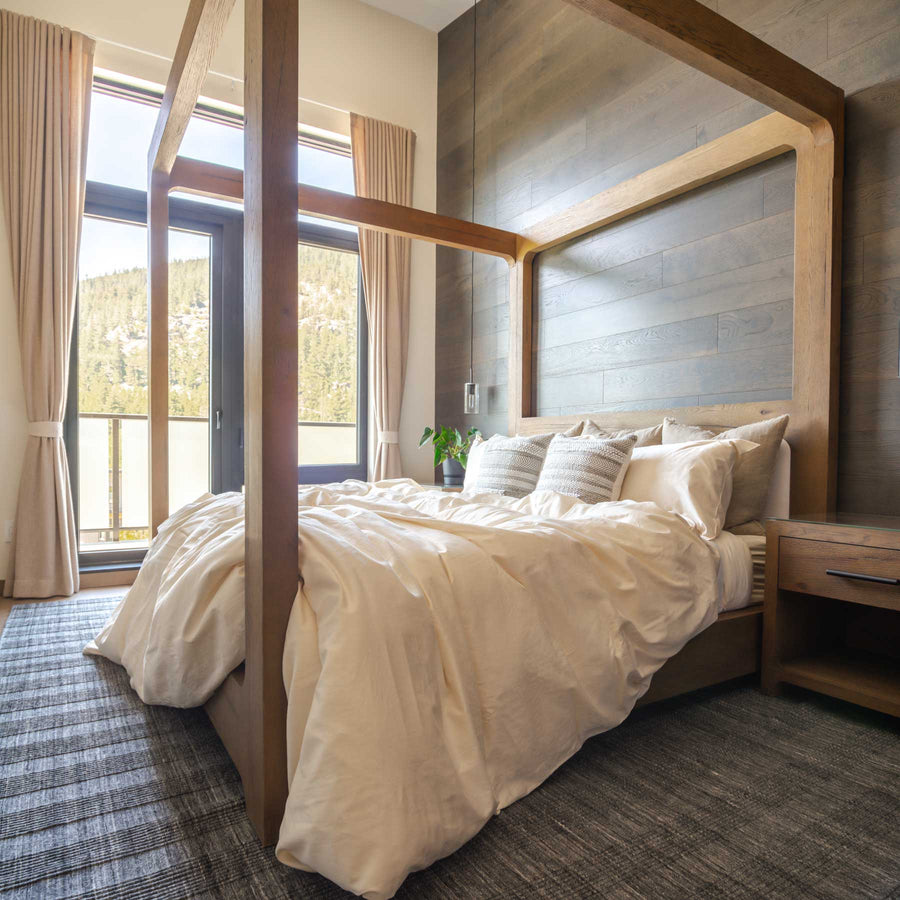Feathered Friends Blog
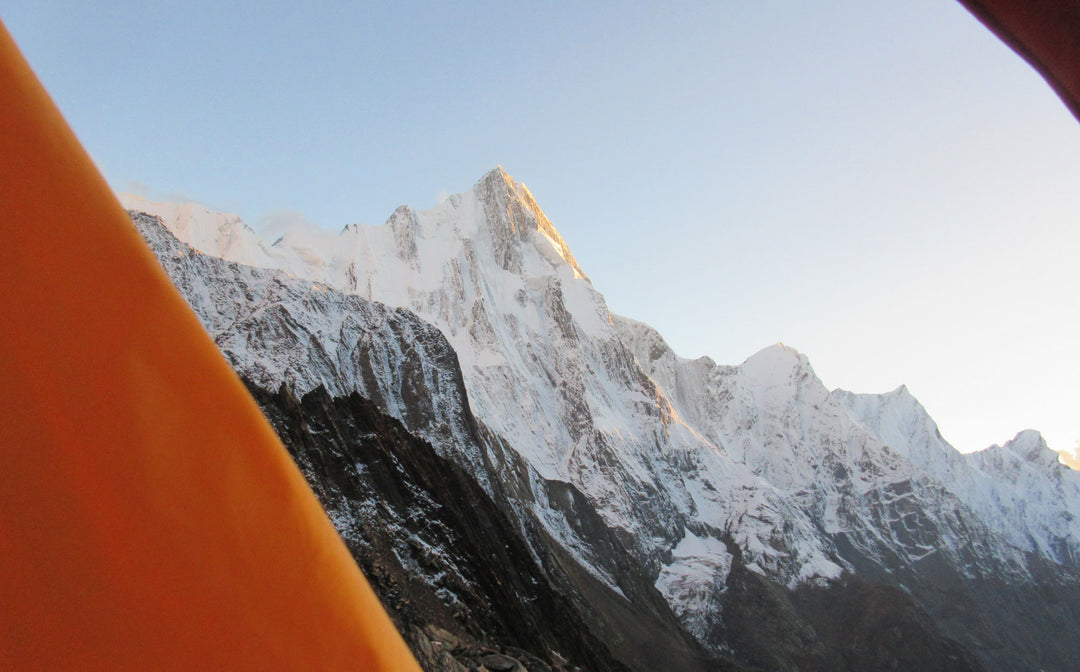
With a last minute change of plans, alpinists Nick Aiello-Popeo and Justin Guarino embarked last year on an expedition to climb a remote 20,653 foot peak in the Himalaya called Baihali Jot. Words and images by Nick Aiello-Popeo.
Shortly before Justin Guarino and I departed the United States for our first Himalayan expedition, the Indian Mountaineering Foundation (IMF) informed us that, due to recent border disputes, we would not be receiving a permit for the mountain we’d studied for almost a year. Justin and I scrambled to find a replacement peak that lay further from the volatile borders of Pakistan and Tibet and – after scouring the American Alpine Journal and Google Earth – settled on a mountain named Baihali Jot (20,653′, 6,295M). To the best of our knowledge, the northern peak of this mountain had been climbed only once, and the southern summit was unclimbed. The lack of information about the peak was extremely alluring.
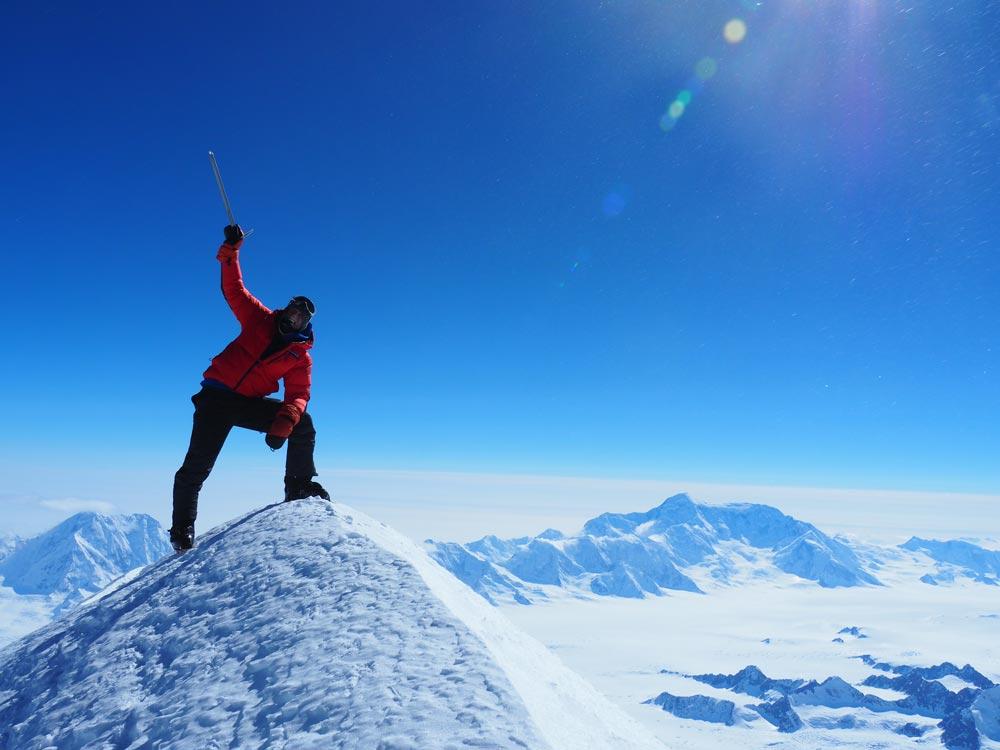
Earlier this year, five climbers summit Canada’s highest mountain, Mount Logan, towering at 19,551 feet (5959m). While painting vivid moments of terror and gratification, Chris Rowat shares his experience climbing one of North America’s toughest peaks. Words and images supplied by Chris Rowat.
The alarm goes off. It’s 5 a.m. Time to finish what we started almost two weeks ago. It’s time to summit. It’s really cold. Probably –30°F. My two tent mates are still asleep. I roll over and a rude dusting of ice crystals settles on my face from the inside of the tent. In fact, the whole inside is covered with frosty rime from our breath. Did I really volunteer to be up first and get the stove going? This is the worst part of the day: getting out of my cozy sleeping bag to begin the countless tasks of “getting going.” When it’s this cold, and the air so thin, every task is a struggle.
Himalaya climbing season is just around the corner and we are busy shipping down suits and jackets around the world. As those climbers prepare for their journeys, we wanted to share a trip report by Feathered Friends ambassador Erin Smart about her first trip to the Himalaya and attempted ski descent of Pumori last fall. Words by Erin Smart. Photographs by Erin and Benjamin Ribeyre.
With my crampons secure on the 55 degree slope, and my axes sunk in above me, I looked up to Benj a few meters above as he asked me “what do you think?” I knew what he was asking. I looked down at the steep icy slope below us, and at the bergschrund that was above a 100 meter ice cliff, and then I looked above us at the 1000m of steep snow above. I spent a minute gaging the “maybe” in my head, and thought of my brothers words from the previous days satellite phone call, “Only do it for you. Remember that no one cares.”
Paul had tried to climb Pumori before in 2011, but due to bad weather, his team didn’t get much farther than base camp. He recruited Benj in the spring, and I received my invitation to join shortly thereafter. Benj and I had been in the mountains a lot before, but we only had one mountain prep trip with the whole team before we left for Nepal. We climbed and skied the Tour Ronde in the Chamonix valley in October and the team got along great. The adventure was off to a great start.
Expedition report from prolific climber and alpinist, Jay Smith. Jay has been climbing for “longer than he cares to admit,” and put up nearly 2,000 new routes across the world. His climbing partner, Jim Donini, is another prolific man of the mountains who was president of the American Alpine Club from 2006 to 2009 and is known for his routes in Patagonia and Alaska. Words and images by Jay Smith.
Not all expeditions go as planned. Read on to see how these two experienced alpinists responded to adverse conditions and tough decisions.
Cerro San Lorenzo is the second highest peak in Patagonia. It lies at 47º south latitude, in-between the northern and southern Patagonia ice caps, the only ice caps (an ice mass covering less than 50,000 square kilometers) outside of the poles. At 12,170’ it is not particularly high, but do to it’s location, less than 50 linear miles from the Pacific, on the Chilean/Argentine border, it experiences some of the worst weather on the planet. Indeed, it’s 6 mile summit plateau, which is almost completely adorned with overhanging seracs and cornices, presents formidable obstacles which defend it’s 3 summits. Just to find safe passage between these is a challenge. That, coupled with atrocious winds that can easily exceed 100 mph sweeping the summit, makes it a very difficult mountain to attain by any route. Other than the normal route, a walk-up via glacier travel, there are only 2 other climbs on the mountain that have been completed, though many have been attempted.
Earlier this fall, Feathered Friends Ambassadors Mark Pugliese and Nik Mirhashemi journeyed to the remote Rolwaling Valley in the Himalayas in pursuit of big mountains and new routes. Words by Mark Pugliese. Pictures by Nik Mirhashemi and Mark Pugliese.
I shook violently with cold. My hands felt like pieces of wood. My body was attempting to pump what felt like molasses though my veins. I was standing under a rock outcropping at 6,100 meters on the West Face of Chugimago in the Rolwaling Valley of Nepal. As I swung my hands side to side to get the blood flow going, I watched the alpenglow of the setting Himalayan sun engulf the 7,000 meter peaks around me and burst into brilliant orange and red flames. It was beautiful and terrifying all at once. I knew the light would be gone soon, and I would be left with only the dull glow of my headlamp. I thought my partner had reached the ridge, but I wasn’t sure. I drew within myself in that lonely space beneath the rock, accepted and embraced my fear, and prepared to move upwards. Time to harden up.
